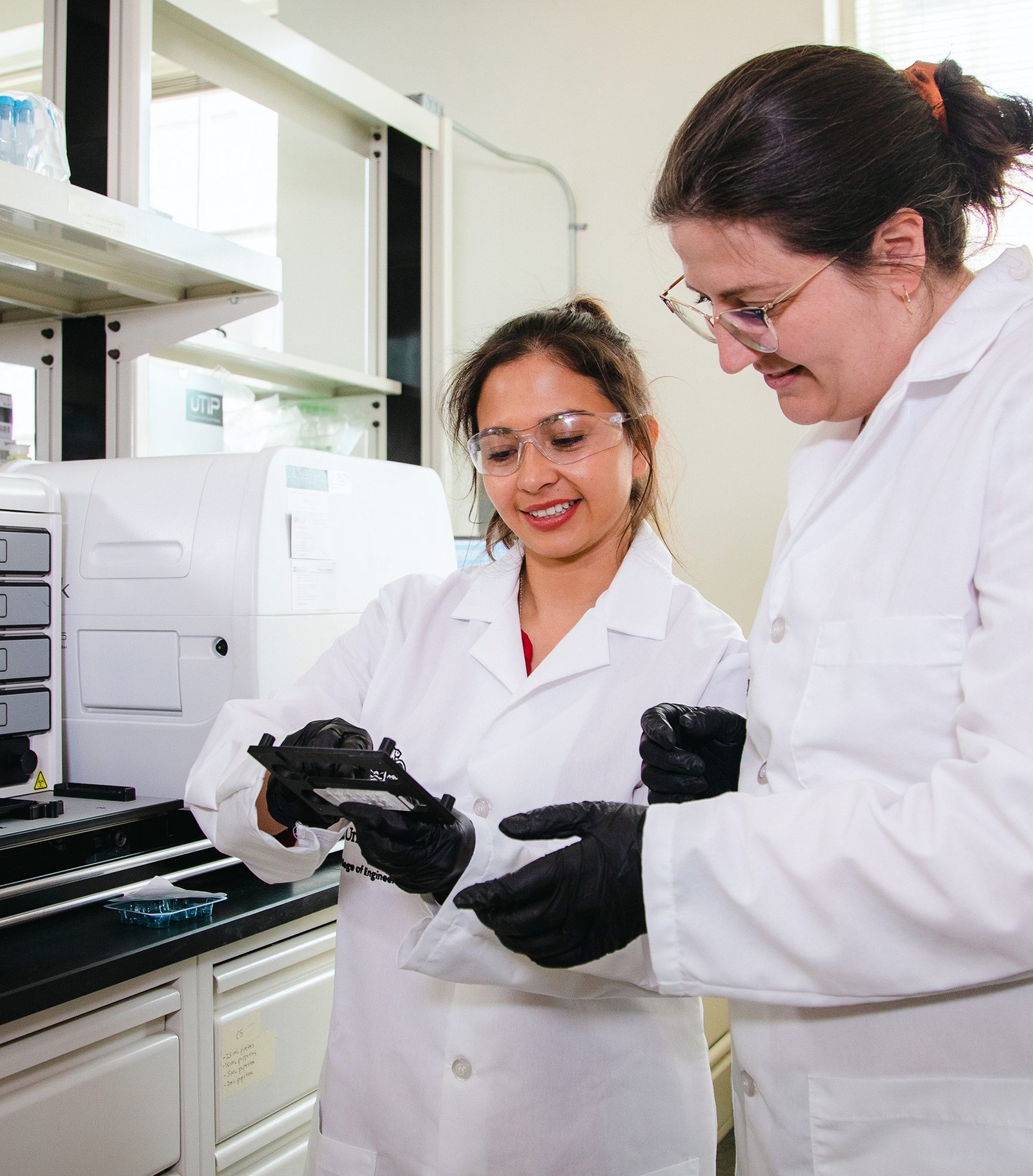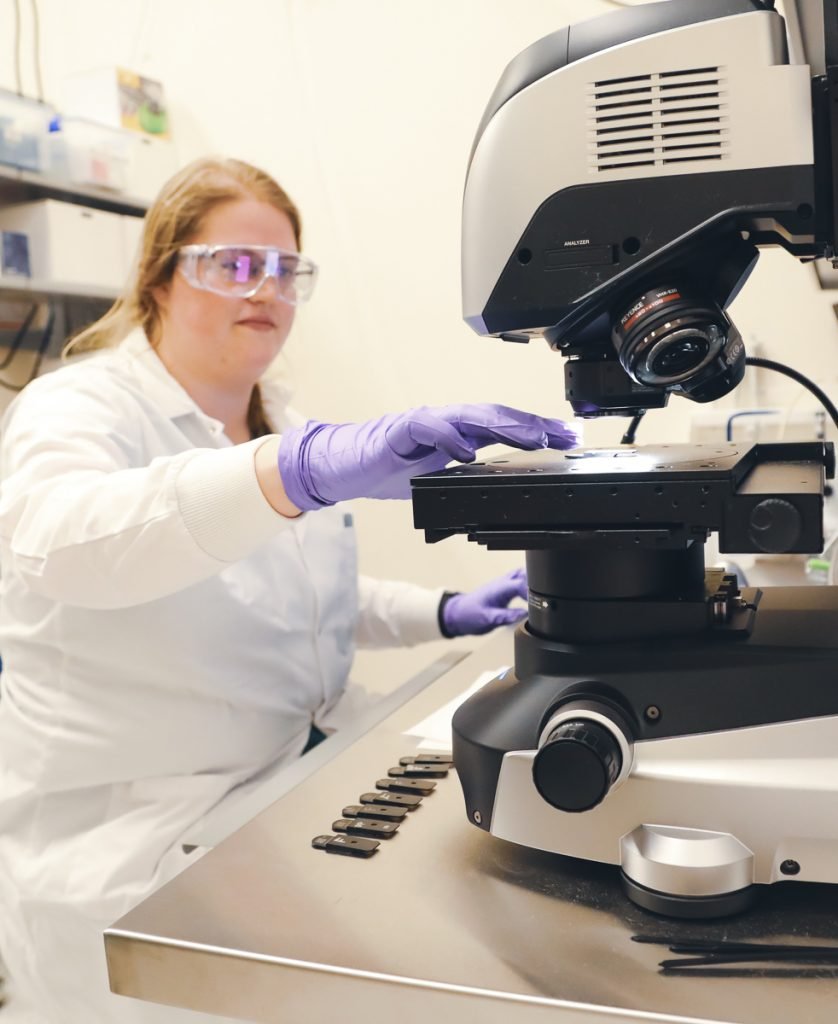Workforce
Development
Building the Future
We need trained technicians to support emerging product applications for microfluidics and continuous flow processing, areas in which training and education programs are scarce.
Biotech companies are leveraging the revolutionary capabilities of microfluidics in new products. Semiconductor companies are developing microfluidics-based chip cooling solutions. Companies using chemical batch processing are transitioning to continuous flow processing.
CorMic will nurture a world-class microfluidics workforce by developing and executing innovative programs for inclusive outreach, training, and education.


Unlocking Opportunities
CorMic is developing pathways for all Oregonians to enter a variety of careers in microfluidics. The comprehensive plan includes programs for K-12 outreach, two-year technician degrees, education for undergraduate and graduate students, and specialized, short-term workforce training.
Critical to the Tech Hub’s success is broadening interest for technical careers with middle- and high-school students in groups that have been underserved in STEM education. Inclusive outreach and training programs will meet students where they are at – both geographically and socially.
PARTNERSHIPS DRIVEN
Led by Oregon State University, over 65 partners have joined CorMic including University of Oregon, Oregon Health and Science University, and several community colleges across the state.
The Tech Hub has the support of state, territorial, local, and tribal government agencies. Numerous private sector companies including HP, Intel, Thermo Fisher, and Nvidia are involved in the development and delivery of programs.
CorMic has critical involvement from workforce, venture, economic, and manufacturing development organizations. Groups focused on increasing participation of underrepresented groups will be instrumental in advising, promoting and coordinating programs.
CorMic’s role is to bring these groups together to align efforts to develop a worldclass, comprehensive workforce development program.

Governance
The CorMic Regional Workforce Development and Diversity Officer will collaborate with the CorMic leadership team to implement workforce development tactics outlined in our strategic plan.
Workforce development outcomes will be evaluated by an independent CorMic Advisory Board and an outside facilitator and posted to a public-facing dashboard.
Desired Outcome
Workforce development programs will produce 30 or more technicians and 50 or more M.S. level graduates with microfluidics specialization per year for employment in regional companies.
We estimate creating up to 1,878 net new direct jobs by 2033, 65% of which will be technical. Modeling by Business Oregon estimates that CorMic could generate 5,000 to 12,000 total net new jobs by 2033 and $900M to $2.3B in annual added GDP value.
Join CorMic in shaping the future of microfluidics in Oregon, where opportunities abound, and a diverse, skilled workforce is cultivated.

